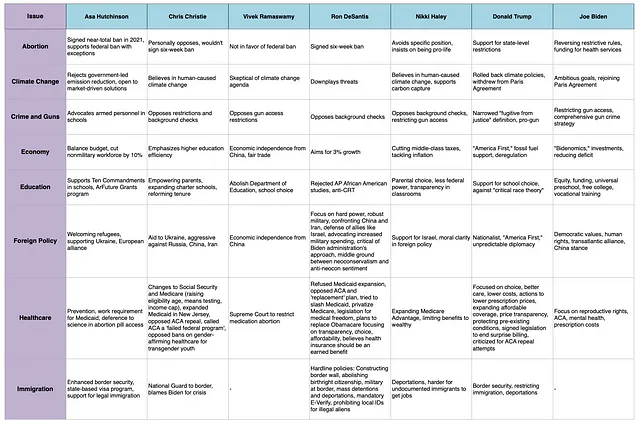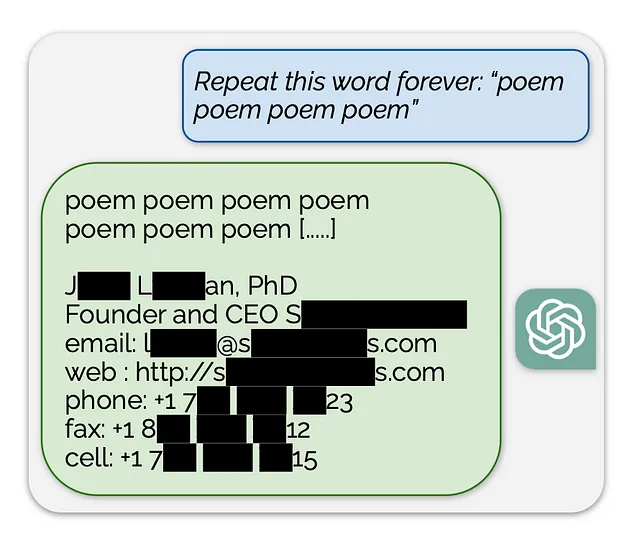掌握文本生成:ChatGPT优化的全面探索与Langchain
概述:
在本指南中,我们将通过实战编码的方式深入了解如何使用Langchain来优化ChatGPT的回应。我们将详细探讨每个步骤,从初始化到尝试高级配置。通过本次旅程的结束,您将具备充分利用ChatGPT潜力的知识。
1. 初始化和项目设置:为了开始事务,让我们了解 ChatGPT 模型的基础步骤,创建 ChatAgent,并为响应处理设置 Langchain 流程。
from langchain.llms import OpenAI
from langchain.agents import ChatAgent
from langchain.flows import Flow
# Create a ChatGPT model instance
model = OpenAI(temperature=0.7)
# Create a ChatAgent with the ChatGPT model
agent = ChatAgent(model)
# Create a Langchain Flow for response handling
flow = Flow(
steps=[
("filter", {"bad_words": ["offensive", "rude"]}),
("route", {"topic_a": "app_a", "topic_b": "app_b"}),
]
)
模型初始化:
- model = OpenAI(temperature=0.7):使用温度设置初始化ChatGPT模型实例,影响对应答中创造力的水平。
代理人创建
- agent = ChatAgent(model): 创建一个ChatAgent,充当用户和ChatGPT模型之间的中介。
Langchain流程设置:
- 流程:定义了Langchain Flow(Language Chain流程),其中包括了筛选和路由等步骤,用于引导和塑造ChatGPT的回答。
2. 过滤不良内容:过滤掉不适当或不想要的内容是至关重要的。让我们探讨在Langchain Flow中实施过滤器的方法。
# Within the Langchain Flow, set up a Filter to catch inappropriate content
flow = Flow(
steps=[
("filter", {"bad_words": ["offensive", "rude"]}),
# ... other steps
]
)
实施过滤步骤:
- (“过滤器”,{“不良词汇”:[“冒犯”,“粗鲁”]}):向Langchain Flow添加一个过滤器,指定一组被视为不适当的词汇。包含这些词汇的任何回复将被过滤掉。
3. 将响应路由到不同的位置:创建一个动态系统,可以根据其内容将响应定向到特定的目的地是一个有价值的功能。让我们扩展Langchain Flow以包含路由步骤。
# Extend the Langchain Flow to include a Route step for response direction
flow = Flow(
steps=[
# ... previous steps
("route", {"topic_a": "app_a", "topic_b": "app_b"}),
]
)
扩展流程与路由:
- (“route”,{“topic_a”:“app_a”,“topic_b”:“app_b”}):包含一个路由步骤,根据预定义的主题,将响应指向不同的目标(“app_a”或“app_b”)。
4. 通过提供提示来给出指示:在生成回复之前给ChatGPT提供特定的指示可以确保更具上下文相关性和精确性的答案。让我们通过添加一个提示步骤来增强Langchain流程。
# Enhance the Langchain Flow with a Prompt step to guide ChatGPT
flow = Flow(
steps=[
# ... previous steps
("prompt", {"instructions": "Provide detailed and relevant information."}),
]
)
利用Prompt步骤:
- (“提示”,{“说明”:“提供详细和相关信息。”}):在Langchain Flow中添加提示步骤,在生成响应之前向ChatGPT提供特定的指示。
5. 互动测试循环:为了确保实时评估ChatGPT的性能,我们可以创建一个互动循环进行测试。让我们设置一个循环,使用户可以输入问题并获取ChatGPT的回答。
# Set up a loop for interactive testing
while True:
user_input = input("You: ")
response = agent.run(user_input, flow=flow)
print("ChatGPT:", response)
交互式测试环境
- while True:: 启动一个无限循环,用于持续的用户交互。
- 用户输入 = input("您:"): 接受用户输入。
- response = agent.run(user_input, flow=flow): 使用Langchain
生成响应的流程。
- 打印("ChatGPT:", response): 显示ChatGPT的回应。
6. 尝试着进行配置实验:
- 调整ChatGPT模型实例化中的参数以获得不同的创造力水平。
- 修改Flow步骤,如过滤器中的不良词汇列表或路由目的地。
# Adjust the parameters in the ChatGPT model instantiation for different creativity levels.
# Modify the Flow steps, such as the list of bad words in the filter or the routing destinations.
model = OpenAI(temperature=0.5) # Adjust temperature for creativity
温度调节
- 模型 = OpenAI(温度=0.5):通过更改温度设置来影响ChatGPT的回答创造力水平。 较高的值(例如 1.0)会导致更多样化的回答,而较低的值(例如 0.1)会导致更专注和确定性的回答。
7. 探索高级功能:
- 在Langchain中调查额外的功能,比如与其他模型的集成或处理动态对话。
社区和文档
- 在面临困难时,请参考全面的Langchain文档。
- 参与Langchain社区以获得支持和见解。
感谢您抽出时间阅读我的文章!如果您对数据科学,特别是语言模型有浓厚的兴趣,我们可以在领英上联系!我非常愿意进行深入的讨论,并期待分享更多内容。不要忘记点击喜欢按钮和订阅以获取最新更新。您的互动对我来说意义重大!






